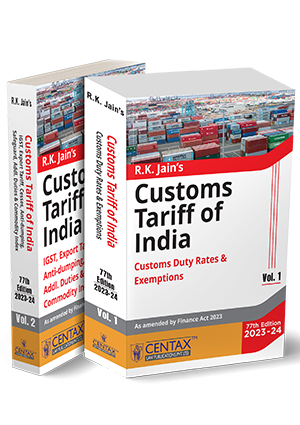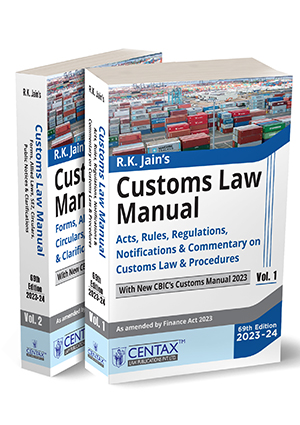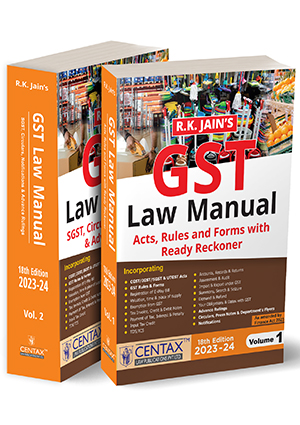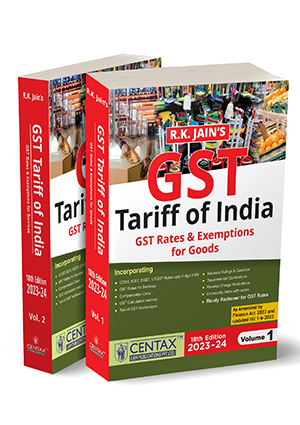Internal Audit – A Quick Overview
- Blog|Account & Audit|
- 4 Min Read
- By Taxmann
- |
- Last Updated on 10 July, 2023
Table of Content:
1. Introduction
2. Applicability of Internal Audit
3. Effect of CARO 2020 on Internal Audit
4. Qualifications of Internal Auditor
5. Responsibilities of an Internal Audit
6. Skills Possessed by an Internal Auditor
7. Report of Internal Audit
8. Conclusion
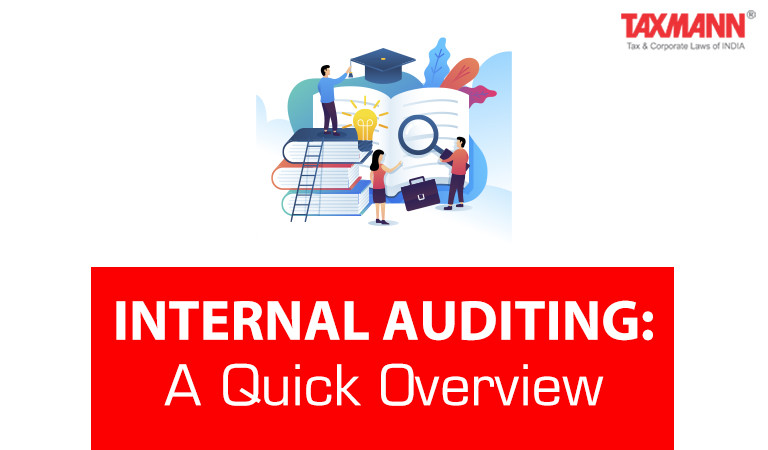
1. Introduction
Today many business organizations have grown so large that it is difficult to concentrate on their activities. With the growth of business, the risks associated with the business have also increased manifold. In order to reduce the risks associated with the business, the government has advanced the internal audit system for many companies under the Companies Act, 2013. Internal audits play an important role in day to day operations of company. Internal audits assess business processes and internal controls in order to provide independent assurance regarding the effectiveness of internal controls and risk management systems, allowing the organization to meet its goals.
2. Applicability of Internal Audit
As per the Companies Act 2013, following class of companies shall have to mandatorily appoint internal auditor.
- Every Listed Company
- Every Unlisted public company if during the preceding financial year, it satisfies any of the below mentioned conditions:
- turnover of rupees two hundred crore or more.
- paid up share capital of rupees fifty crore or more.
- outstanding loans or borrowings from banks or PFI exceeding rupees one hundred crore or more at any point of time.
- outstanding deposits of rupees twenty five crore or more at any point of time.
- Every private company if during the preceding financial year, it satisfies any of the below mentioned conditions:
- turnover of rupees two hundred crore or more.
- outstanding loans or borrowings from banks or PFI exceeding rupees one hundred crore or more at any point of time.
- Part of the management and have the authority to investigate the operations of organization.
3. Effect of CARO 2020 on Internal Audit
As per clause XIV of CARO 2020 an external auditor should consider the following while preparing its audit report
- whether the company has an internal audit system commensurate with the size and nature of its business;
- whether the reports of the Internal Auditors for the period under audit were considered by the statutory auditor;
4. Qualifications to become an Internal Auditor
As per section 138 of the Companies Act, 2013, any CA, CMA, or such other professional as may be decided by the Board can be appointed as an internal auditor of the company. An employee of the company may also become the internal auditor of the company but it must be considered as a part of the management and have the authority to investigate the operations of organization.
5. Responsibilities of an Internal Auditor
- Always enjoy an independent status and shall not involve in the performance of executive function.
- Analyze the risk and bring them in the notice of management.
- Analyze the operations of the entity and maintain an adequate system of internal control, also provide safeguard. against misappropriation of assets.
- Evaluate the policies of organization and made necessary changes on it, if required.
- Keep an eye on all all important occurrences and events which may affect the business.
- Shall not take operation decision on those matters later which may be internal audit.
6. Skills Possessed by an Internal Auditor
- An internal auditor must possess an expertise necessary to evaluate the management control system.
- An internal auditor must have a basic knowledge about the technology and commercial practices followed by the entity. So, that he can evaluate the operational performance and non-monetary, operational controls.
- An internal auditor must possess knowledge of commerce, laws, taxation, cost accounting, economics, quantitative methods and ERP systems.
- He has an ability to deal with people and an understanding of management principles and techniques.
- He should maintain the confidentiality of such information which he acquired during the course of audit.
7. Report of Internal Auditor
The Internal Auditor shall issue their report on the basis of his best professional judgement, after consultation with the auditee, in a reasonable period of time from the completion of audit. Key elements of internal audit report are as follows:
- Conclusion of internal audit report should be on the basis of audit procedures performed during the audit and the analysis of the audit evidence obtained by performing these procedures.
- If internal audit is performed as per Standards on Internal Audit then the auditor shall specify the same in his report.
- Since the Standards on Auditing does not mandate the auditor to follow a particular format. So, an auditor may frame his report by exercising professional judgement and may be influenced by the preferences of the recipients.
- After fulfillment of all the compliance procedure Copies of draft and final internal audit reports to should be maintained in a proper manner.
8. Conclusion
An internal audit ensures that a company follows the law and rules in a timely manner. The audit provides a level of security and aids in the management of risk arising from fraud, power abuse, or other scenarios. An internal auditor provides management with an unbiased assessment of the processes and financial statements. Using the services of an internal auditor, an organization can improve their operational and financial performance.
Disclaimer: The content/information published on the website is only for general information of the user and shall not be construed as legal advice. While the Taxmann has exercised reasonable efforts to ensure the veracity of information/content published, Taxmann shall be under no liability in any manner whatsoever for incorrect information, if any.

Taxmann Publications has a dedicated in-house Research & Editorial Team. This team consists of a team of Chartered Accountants, Company Secretaries, and Lawyers. This team works under the guidance and supervision of editor-in-chief Mr Rakesh Bhargava.
The Research and Editorial Team is responsible for developing reliable and accurate content for the readers. The team follows the six-sigma approach to achieve the benchmark of zero error in its publications and research platforms. The team ensures that the following publication guidelines are thoroughly followed while developing the content:
- The statutory material is obtained only from the authorized and reliable sources
- All the latest developments in the judicial and legislative fields are covered
- Prepare the analytical write-ups on current, controversial, and important issues to help the readers to understand the concept and its implications
- Every content published by Taxmann is complete, accurate and lucid
- All evidence-based statements are supported with proper reference to Section, Circular No., Notification No. or citations
- The golden rules of grammar, style and consistency are thoroughly followed
- Font and size that’s easy to read and remain consistent across all imprint and digital publications are applied

